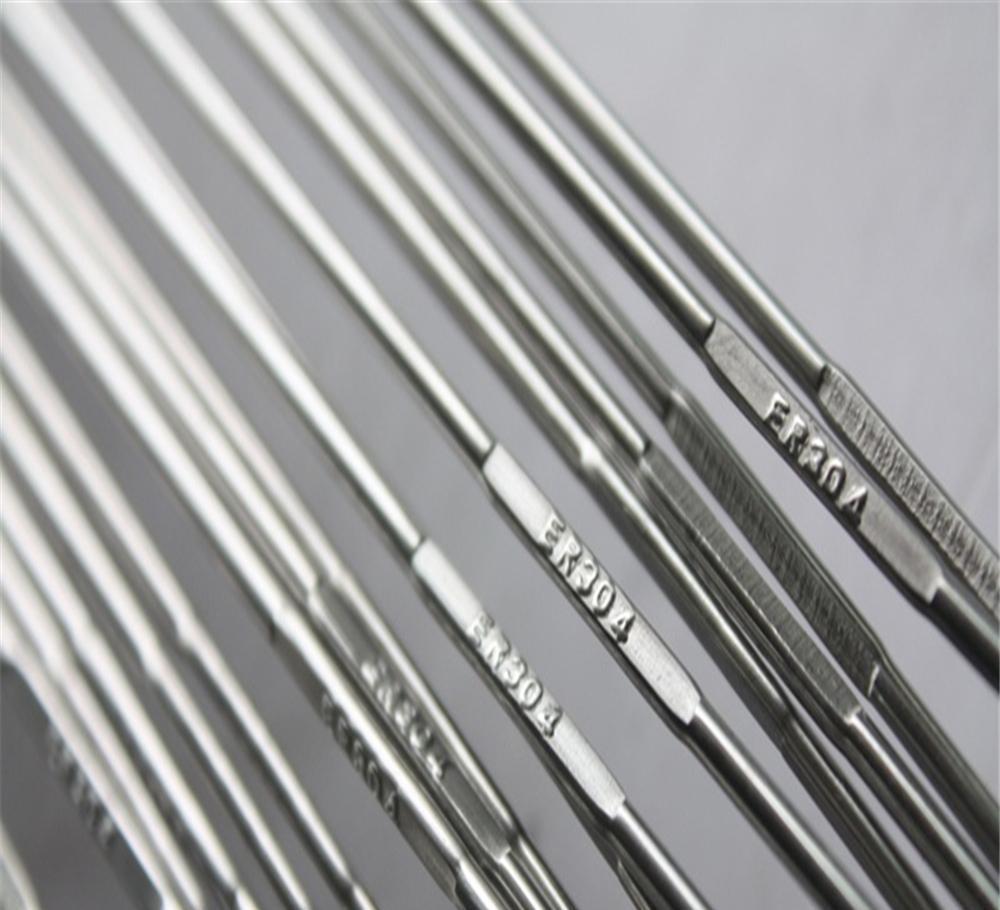In order to obtain the welded joint with good performance, the welding wire suitable for the base metal should be selected as the filling material considering the purpose of the welding component.
(1) crack sensitivity of weld metal
The intergranular crack tendency in the heat affected zone can be greatly reduced by choosing filling metal with melting temperature lower than the base metal.Therefore, the welding wire with higher alloy content than the base metal as filling metal can usually prevent weld metal cracks.For example, 6061 alloy containing 0.6% silicon, if 6061 is used as the filling metal, the crack sensitivity is very large, but the 4043 welding wire containing 5% silicon is used as the filling metal, the melting temperature is lower than the base metal, and in the cooling process, it has better plasticity than the base metal to eliminate the shrinkage stress causing cracks, so the crack resistance is good.Also should pay attention to avoid the production of crack sensitive weld metal composition, such as in the aluminum alloy weld do not want to have the combination of magnesium and copper, so 5000 series welding wire is also used in welding 2000 series base metal;Face 2219 wire should not be used with 5000 series base metal.
(2) joint strength
The strength of the welded joint varies with the alloying element content of the welding wire.That is, the strength of the welded joint of the non-heat treated alloy increases in order of 1000 series, 4000 series and 5000 series.In 5000 series, the strength of welded joint increases in the order of 5554, 5654, 5356, 5183 and 5556 with the increase of Mg and Mn content.
(3) the workability of the joint (plasticity)
The machinability of welded joints requiring bending is generally affected by plasticity, which decreases with the increase of strength.Especially the base metal containing more than 3% magnesium (5154, 5056, 5082, 5182, 5083, 5086) must avoid the use of silicon containing welding wire (4043, 4047).This combination forms a large amount of Mg2Si and the ductility decreases.
(4) color difference after anodic oxidation treatment
In order to improve the corrosion resistance, the anodic oxidation treatment is often carried out after welding. If the composition of the weld metal is obviously different from the base metal, or the casting structure of the weld metal is different from the calendering structure of the base metal, the color difference will occur after the anodic oxidation treatment of the weld metal.For example, the welding seam of 4000 series containing silicon is grey-black after anodizing, and the base metal of 2000 series, 5000 series and 6000 series is silvery white.Therefore, if the appearance of color matching is an important indicator, the composition and organization of the weld tissue must be considered when choosing the welding wire.
(5) mechanical properties and corrosion resistance of the joint at high temperature
5000 series wires (5654, 5356, 5556, 5183) containing more than 3% magnesium should not be used in structures with temperatures above 65 degrees Celsius, because these alloys are very sensitive to stress corrosion cracks and stress corrosion cracking will occur in the above temperature and corrosive environment.


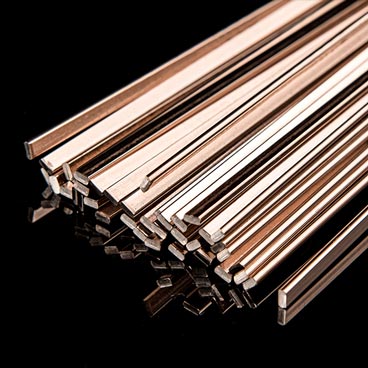
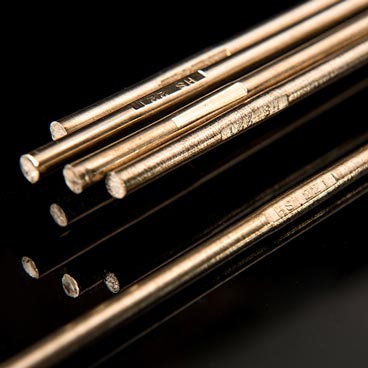
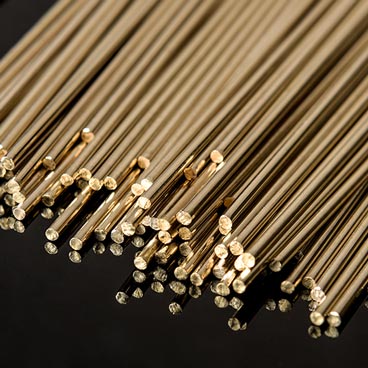
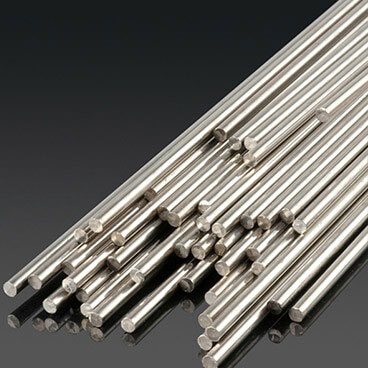

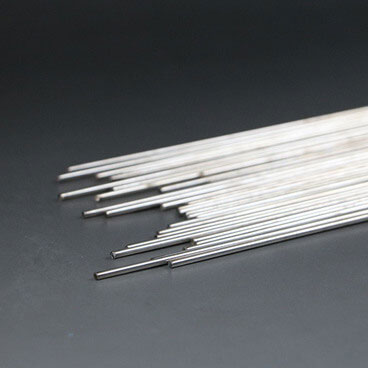
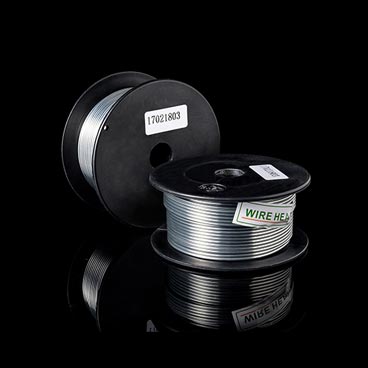
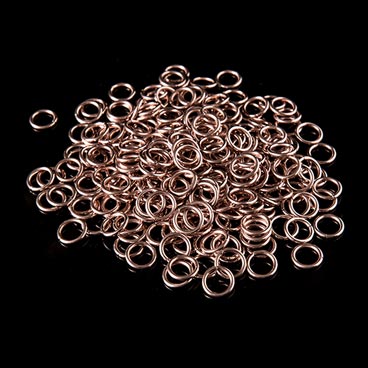
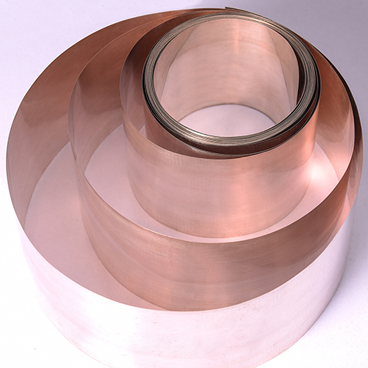
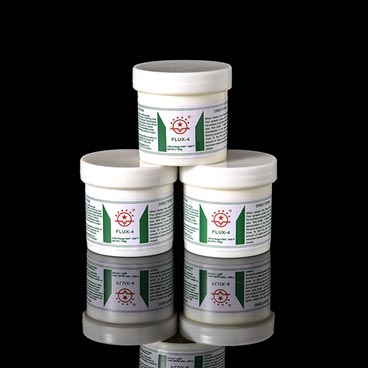
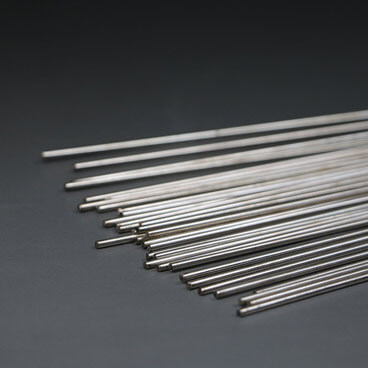






 sales@welding-material.com
sales@welding-material.com